A number of ancient Roman buildings (circa 800 B.C. to A.D. 476) have been well-preserved and offer modern archaeologists insight about the Roman civilization and the construction techniques that were used.
The Roman Empire was adept at picking the best qualities of other civilizations, such as the ancient Greeks, Etruscans, Egyptians, and Persians. Mesopotamia — which by the fall of the Roman Empire had become a part of the Persian Achaemenid Empire (550 to 330 B.C.), the Greek Seleucid Empire (312 to 63 B.C.), and the Roman Empire itself — likely influenced the ceramic-making traditions of each of the Mesopotamian occupiers.
Roman ceramic materials may be considered the second phase in the development of ceramic tile. Most Roman ceramic materials that have been excavated are long and thin, resembling today’s tile more than today’s bricks.
Rome’s widespread use of ceramic materials has had an influence on the way tiles have been used across the world for centuries.
Imbrex and Tegula (Roofs)
The imbrex and tegula roof is arguably the most significant use of ceramic materials that were used in ancient Rome. The Romans adapted and popularized the style, which the Greeks created.
The Roman roofing style had two main components:
- Tegula (plural tegulae): Flat tiles used to cover the majority of the roof
- Imbrex (plural imbrices): Rounded tile laid over the joints of the tegulae
The South Oxfordshire Archaeological Group describes tegulae as laid across the roof with the imbrices stacked over the seams. This format prevented water from seeping between the tiles and kept buildings dry.

According to an article by James Yates in “A Dictionary of Greek and Roman Antiquities,” many of the imbrices and tegulae were made from fired clay, making them a ceramic building material. However, some versions used more expensive materials, such as marble or bronze. For example, the Pantheon used bronze gilded tiles.
These early roofing tiles were molded by craftsmen, including soldiers in the Roman legions who knew how to make these tiles and would carry that knowledge with them as they conquered new regions and expanded the empire.
This method of roofing continues to have an impact on roofing design, as contemporary roofs in Spain and Asia are similar.

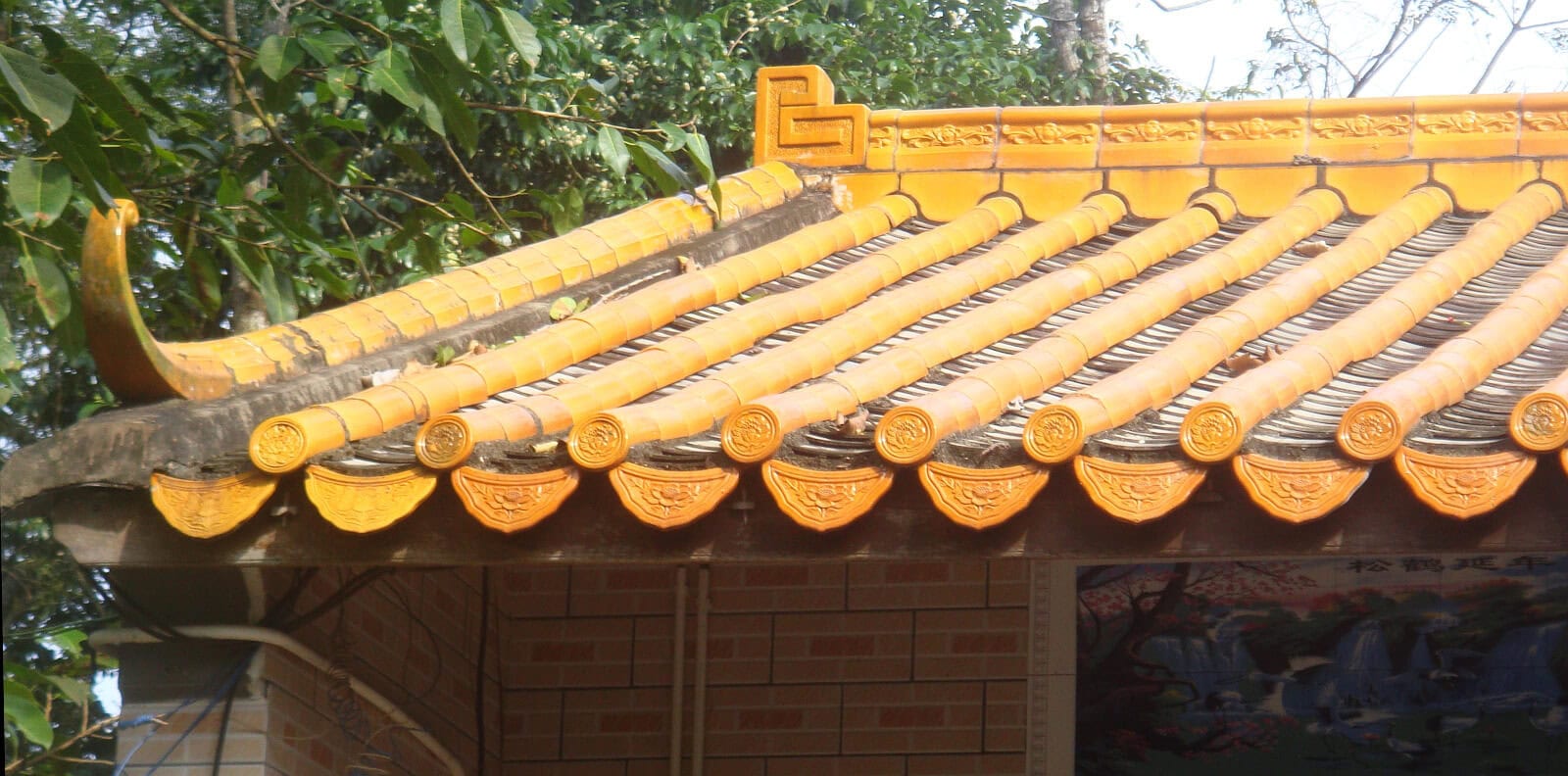
Hypocaust (Heating)
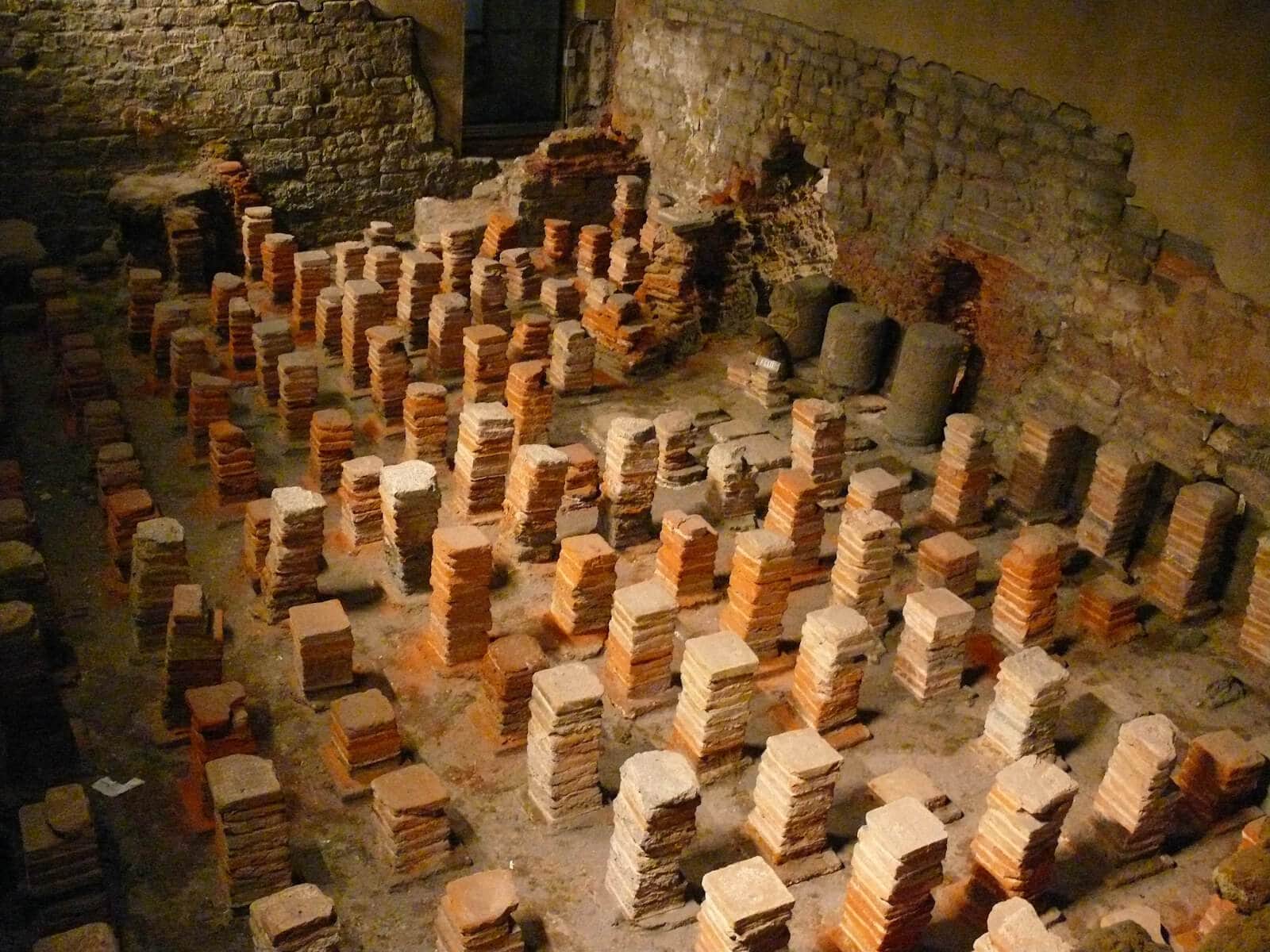
One of the more ingenious designs of ancient Rome was the use of a hypocaust to provide heat to different rooms.
Roman history, as told by Romae Vitam, explains that the Roman hypocaust (“hypo” from the Latin for “under” and “caust” from the Latin “to burn”) was an early form of central heating via burning wood for a complex underground heating system. Rooms that were to be heated by the hypocaust were specially built for the multitiered system utilizing ceramic tiles to maintain the heat.
Tile tubes called “caliducts” were placed under the walls in some hypocausts. This would allow the heat to travel through the walls and out of flues to circulate hot air throughout a building.
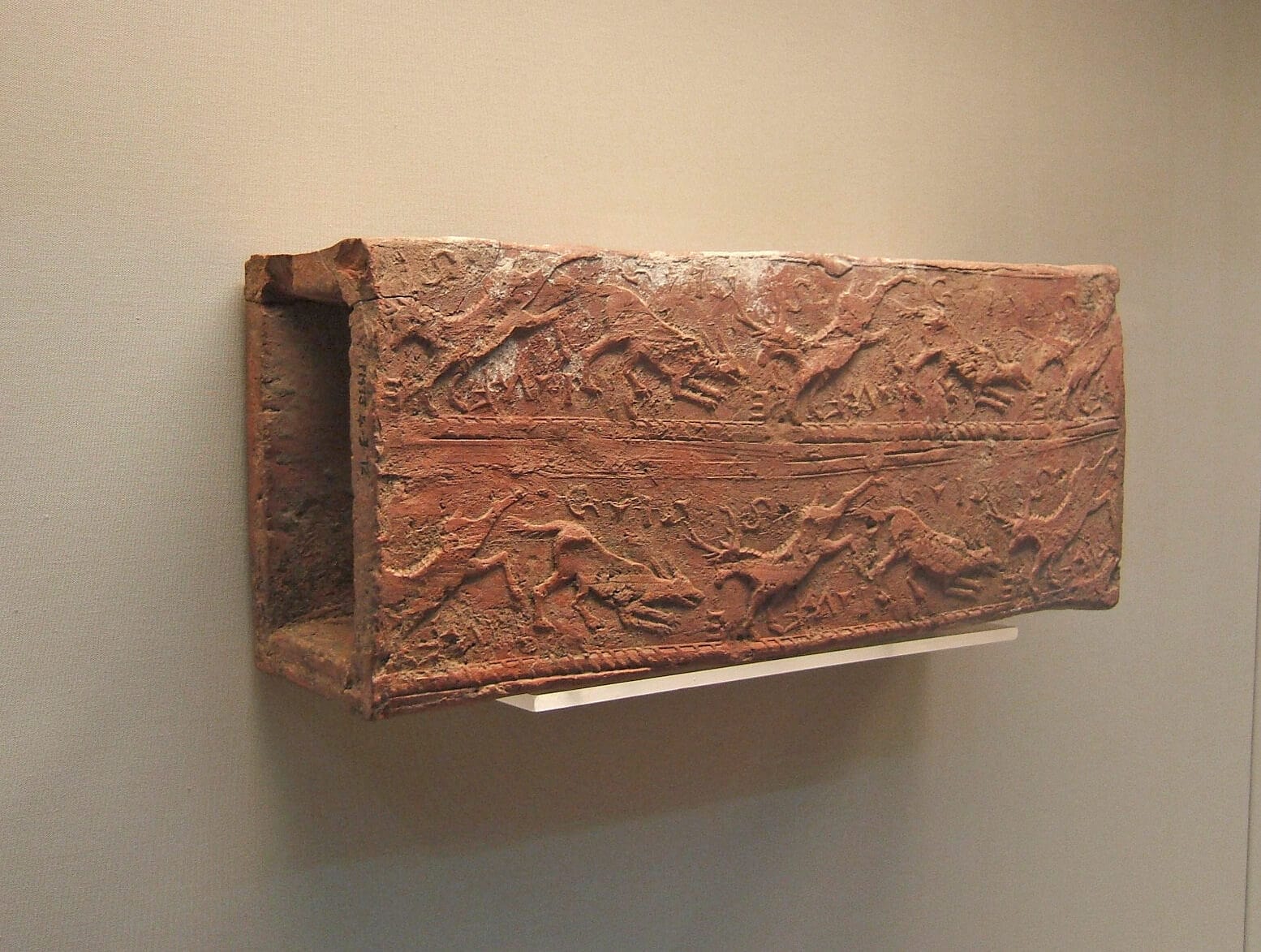
Hypocausts were most common in Roman bathhouses, although some private residences also had hypocausts installed. Only wealthy Romans could afford hypocausts, as burning massive amounts of wood on a regular basis was expensive.
A significant risk to this method of heating was the danger of CO2 leaking into rooms. The engineering of hypocausts was important to make sure the hot air and smoke did not leak through the walls and floors and increase the risk of CO2 poisoning.
The solid and durable tiles and caliducts were able to endure the heat and keep rooms sealed and protected from hazardous gases. Crafting the tiles and constructing the system would have required expertise to prevent these potential hazards.
[Related: Qualified Labor Is Critical for Successful Tile Installations]
Tile Art in the Roman Empire
The exquisite use of tile in art and architecture had both practical and aesthetic purposes in ancient Rome. Tiles were used for wall and floor coverings while also creating a beautiful display. A treasured example of a practical and artful tile installation is the Alexander Mosaic (circa 100 B.C.).
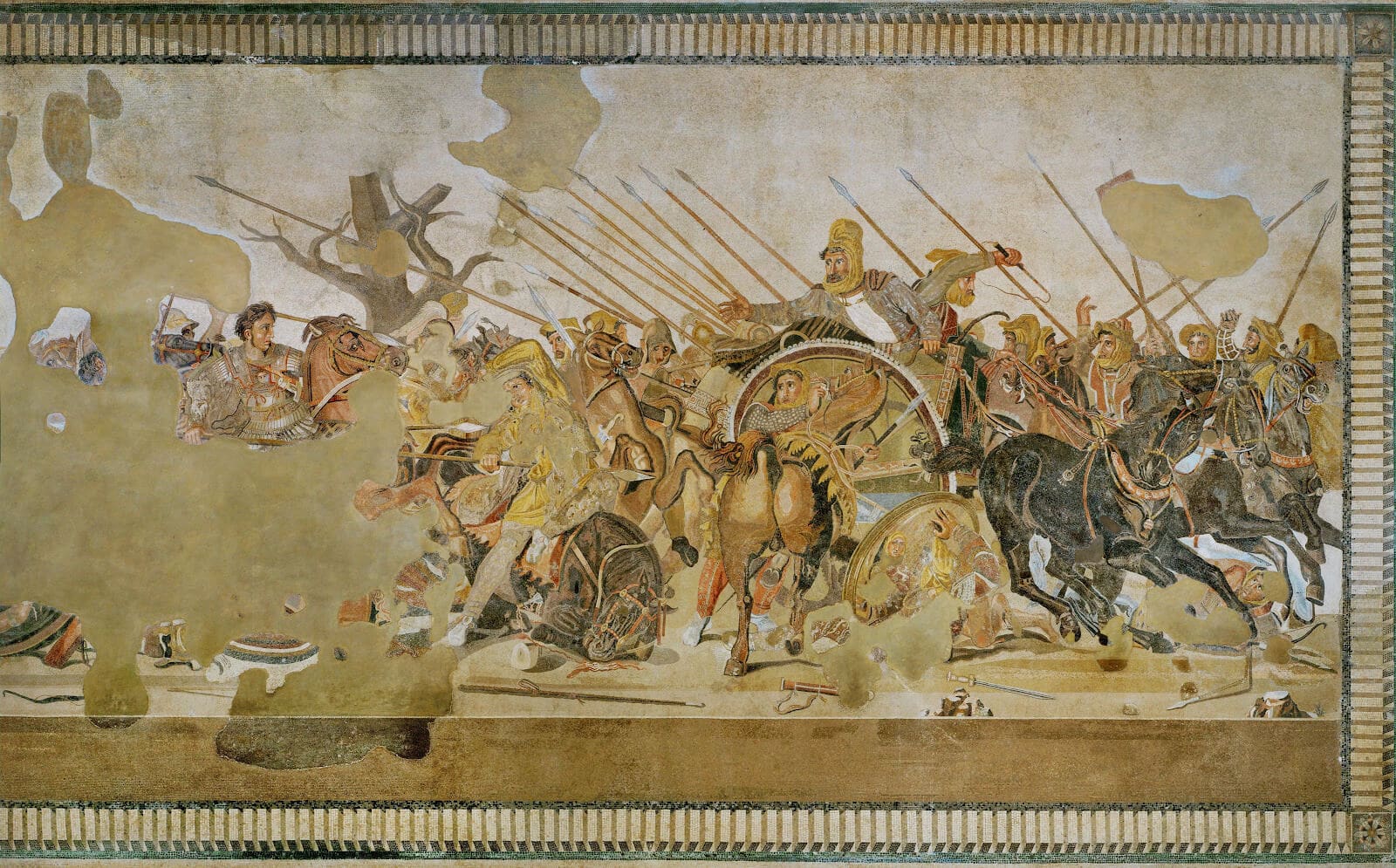
The Alexander Mosaic was discovered in 1831, nearly perfectly preserved by the ash from the famous Pompeii eruption of Mount Vesuvius in A.D. 79. The mosaic depicts a clash between Alexander the Great and King Darius of Persia and is believed to be based on a Hellenistic painting from around 300 B.C.
Mosaics such as the Alexander Mosaic were common during the Roman era according to Ancient History Encyclopedia . These mosaics were made of tile and other materials, including marble, glass, and seashells.
Decorative individual tiles also emerged during this period. One example of art on an individual tile is the antefix, a decorative addition to the imbrex and tegula roofing structure. Made from ceramics, an antefix was typically a large, flat tile that featured carvings depicting people, scenes, gods and goddesses, or elaborate patterns. The lasting influence of the antefix is apparent in medieval Europeans’ use of decorative ridge tiles for roofs.
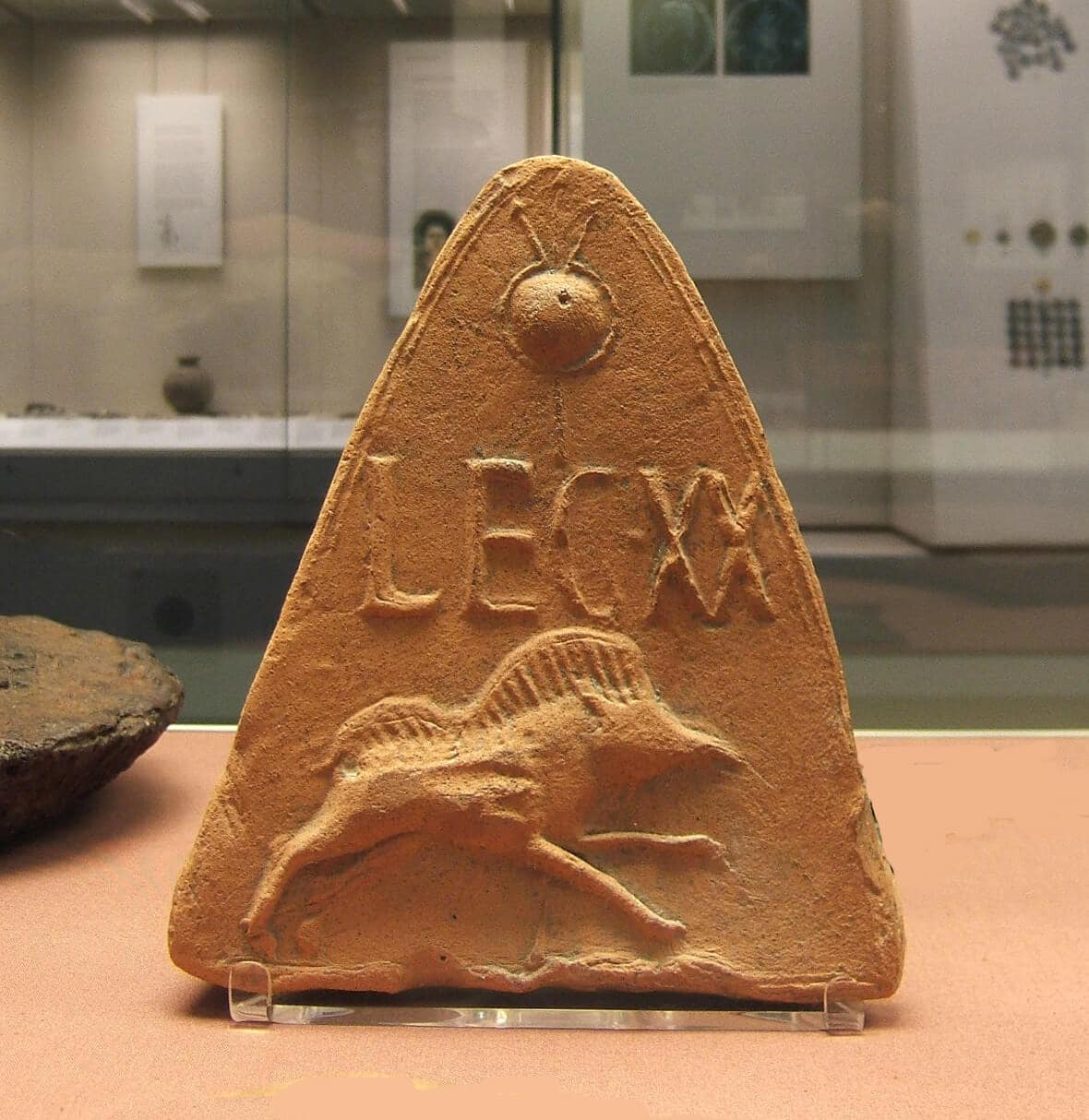
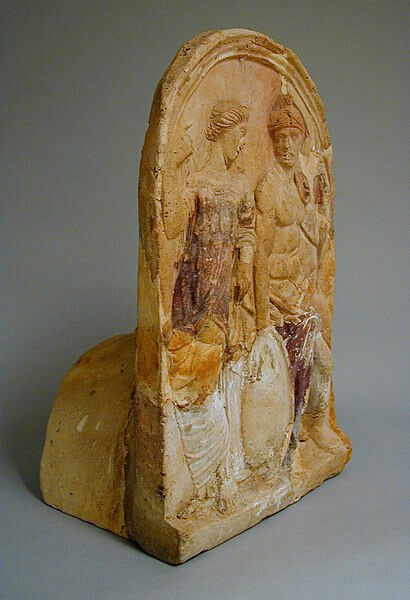
The Lasting Influence of Roman Tile
The Roman Empire fell in the fifth century, but its architectural innovations — and its use of ceramic tile, in particular — had a lasting impact that’s still seen today.
Rome’s most obvious contribution to modern ceramic tile may be seen in our continued use of the imbrex and tegula roofing method. Imbrex and tegula roofs offer a roofing solution that’s both functional and aesthetically pleasing, and can be found today from Europe to Asia to North America.
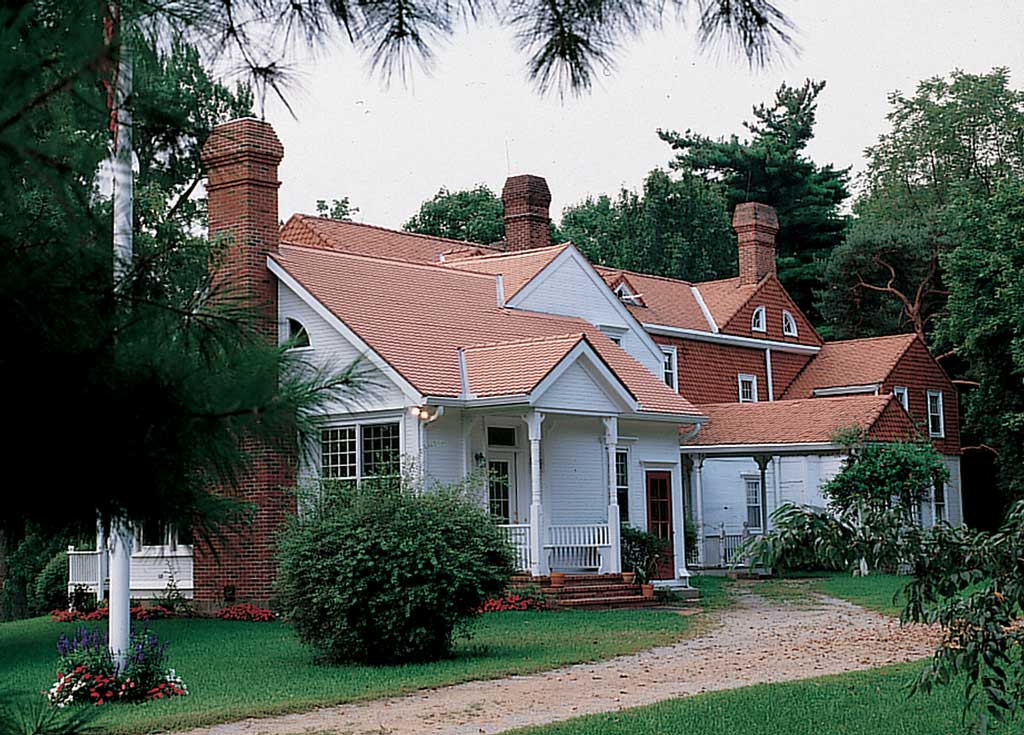
However, Rome’s most significant impact on modern ceramic tile is both more comprehensive and more difficult to trace.
The Romans not only developed the original ceramic building materials closer to modern ceramic tile, but they also introduced tile to Western Europe as they expanded their empire, enabling the occupied nations to develop ceramic tile in their own unique ways. Just as all roads once led to Rome, many countries in Europe, North Africa, and West Asia may trace their tile history back to the Roman Empire.
As archaeologists continue to uncover more remains of Roman ceramic tile, our understanding of Rome’s importance to ceramic tile history will only grow.
